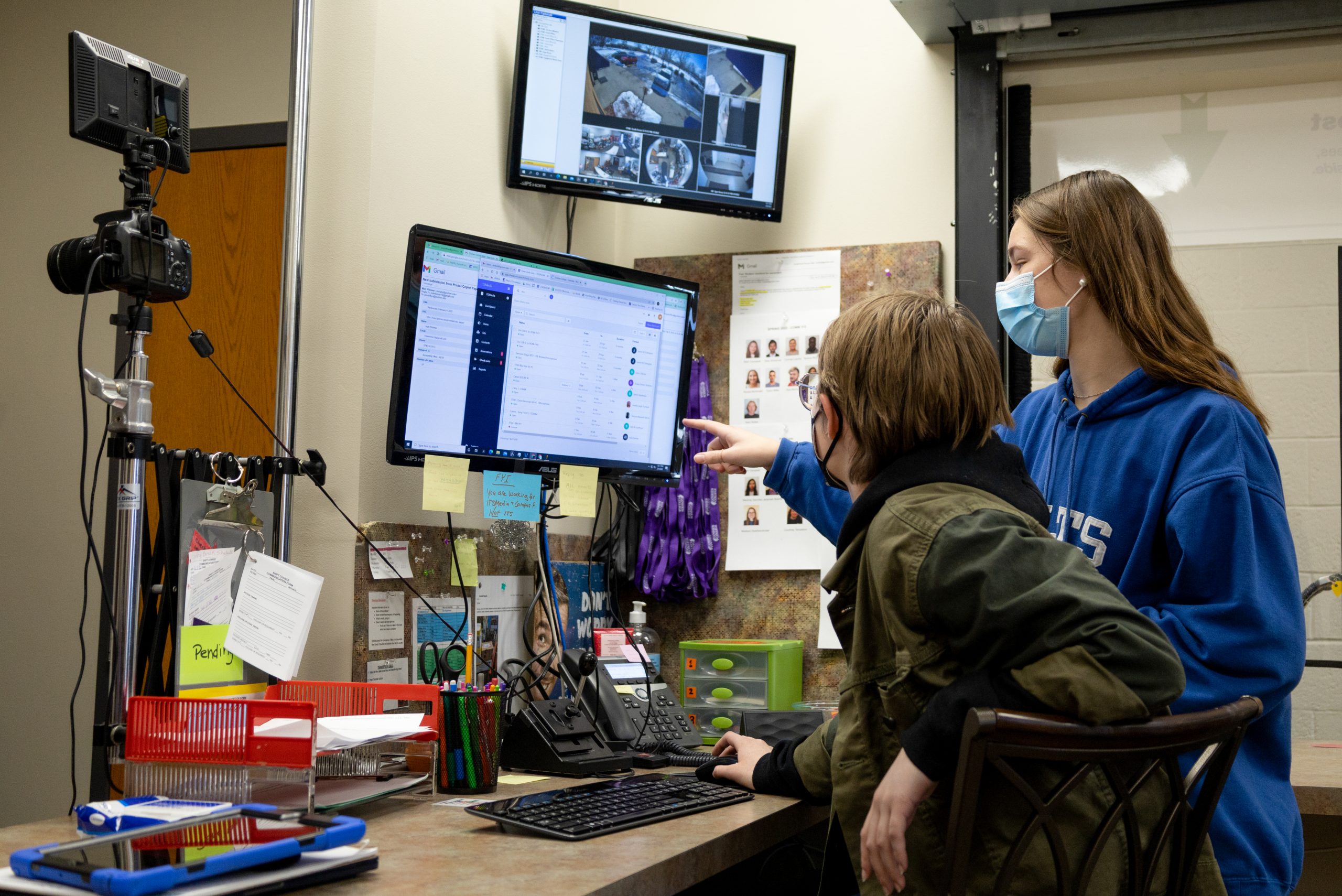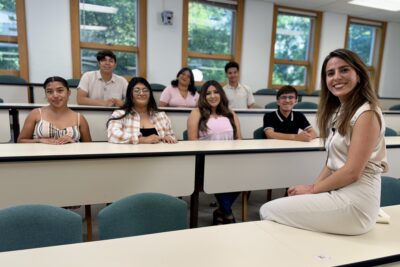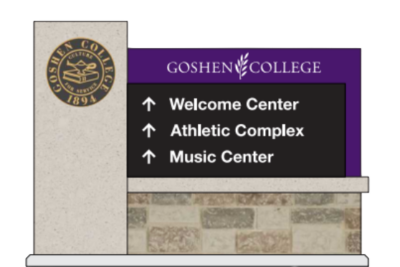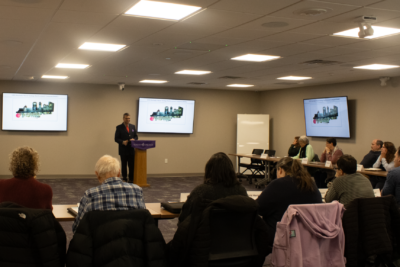Many student campus employees received a surprise last December when their wages were increased from $7.25 per hour to $8.25. However, raising the minimum wage was only the first step in the college’s plan to offer students a better wage, said David Kendall, director of career networks.
A new student wage policy will be fully implemented in the summer of 2022. In it, every campus position will be sorted into one of three tiers according to the skills required, and workers will be compensated accordingly.For example, tier 1 positions are entry level jobs that meet basic abilities. Tier 2 positions require skills like answering complex questions and taking on leadership. The third and final category, tier 3, demands the highest level of leadership and decision making abilities.
Employers posting student worker job descriptions on GC’s job and internship bank (www.goshen.edu/jobs) must designate which one of the three tiers the job will fall into. Kendall has created guidelines to help employers create new job postings or refine current ones as employers begin the transition this summer.
The wages associated with each tier will be as follows:
Tier 1 jobs: base wage $8.25/hr; maximum wage $9.00/hr.
Tier 2 jobs: base wage $9.25/hr; maximum wage $10.00/hr.
Tier 3 jobs: base wage $10.25/hr; maximum wage $11.00/hr.
Within each level there will be a chance for three $0.25 pay raises, which is reflected in the gap between the base wage and maximum wage. Students will receive raises by employers filling out an evaluation after each semester of work.
Kendall noted that “there really wasn’t much upward mobility in campus jobs” in the previous wage system, so the tiers were designed to create ways for students to climb up in their roles.
Bree Wheeler, a sophomore who works as a professor’s assistant, said, “the potential to have a raise in each tier is great!”
She said that students will likely be more inclined to keep scanning the campus job and internship page for higher wages.
Grace Muhagachi isn’t sure the $0.25 raise isn’t enough. A junior from Tanzania, she is currently working 19 hours a week on top of her studies. “I have bills, rent, groceries and school to pay,” she said. Working so many hours for such a small raise, she asked: “What’s the point?”
Muhagachi believes the new system is unfair to international students. Many international students, including herself, work on campus over the summer in positions that would be considered tier 1. This means they won’t be affected by the changes as much as students in other positions.
Kendall admits that the tiered system is not perfect, but said it is a good starting point. The $0.25 pay raise is currently something the college is working on.
“My hope is that many of our international students find their way to higher tiered positions.” Before raising the basic hourly wage last December, virtually every student worker was getting paid the federal minimum wage of $7.25. Kendall said raising that by a dollar was “a great place to start making improvements.” The new ceiling of a possible $11.00 per hour is the next step.



